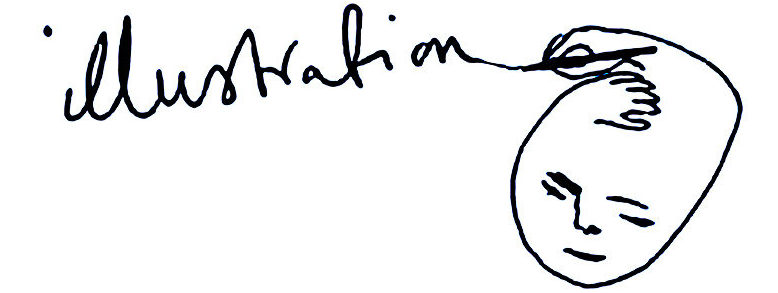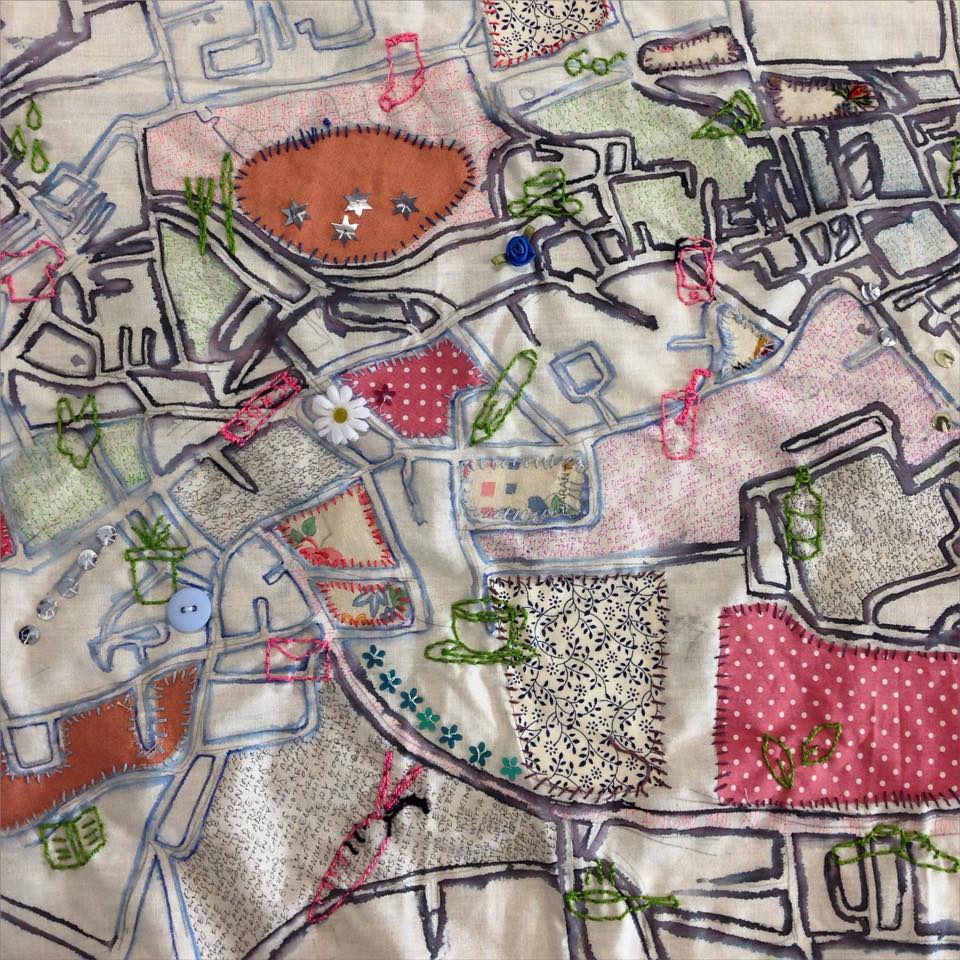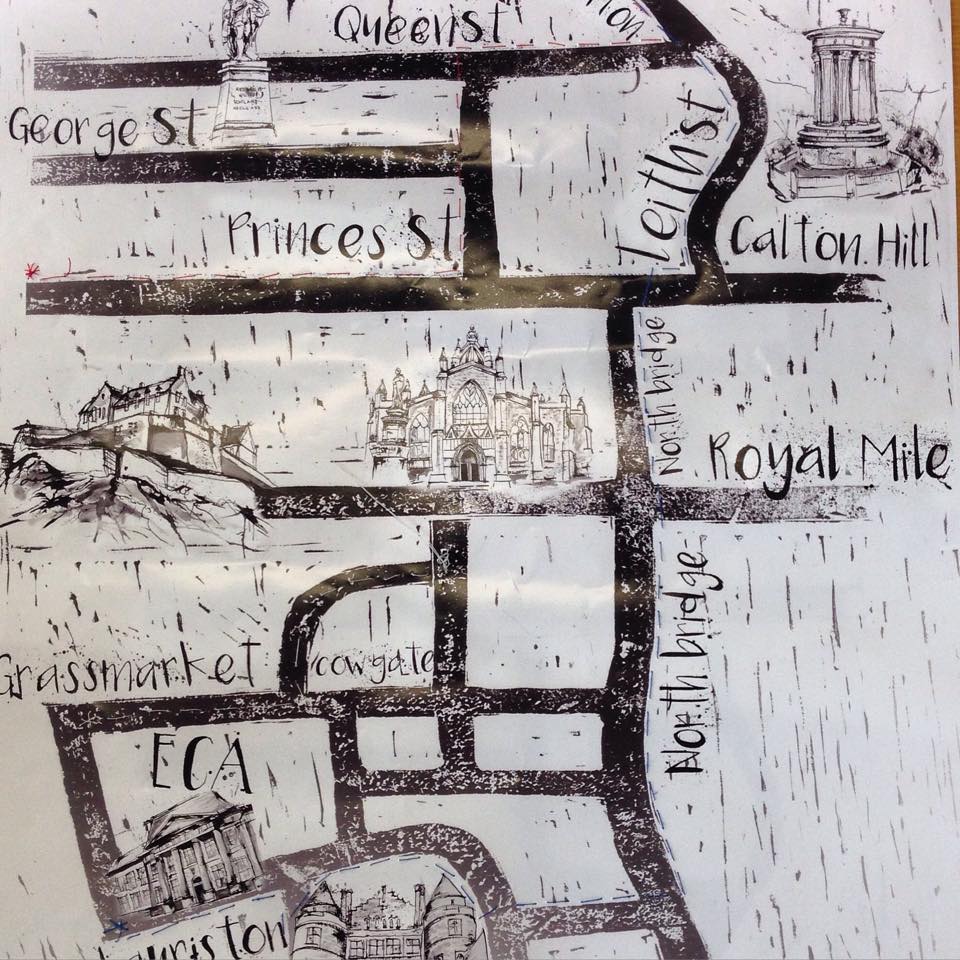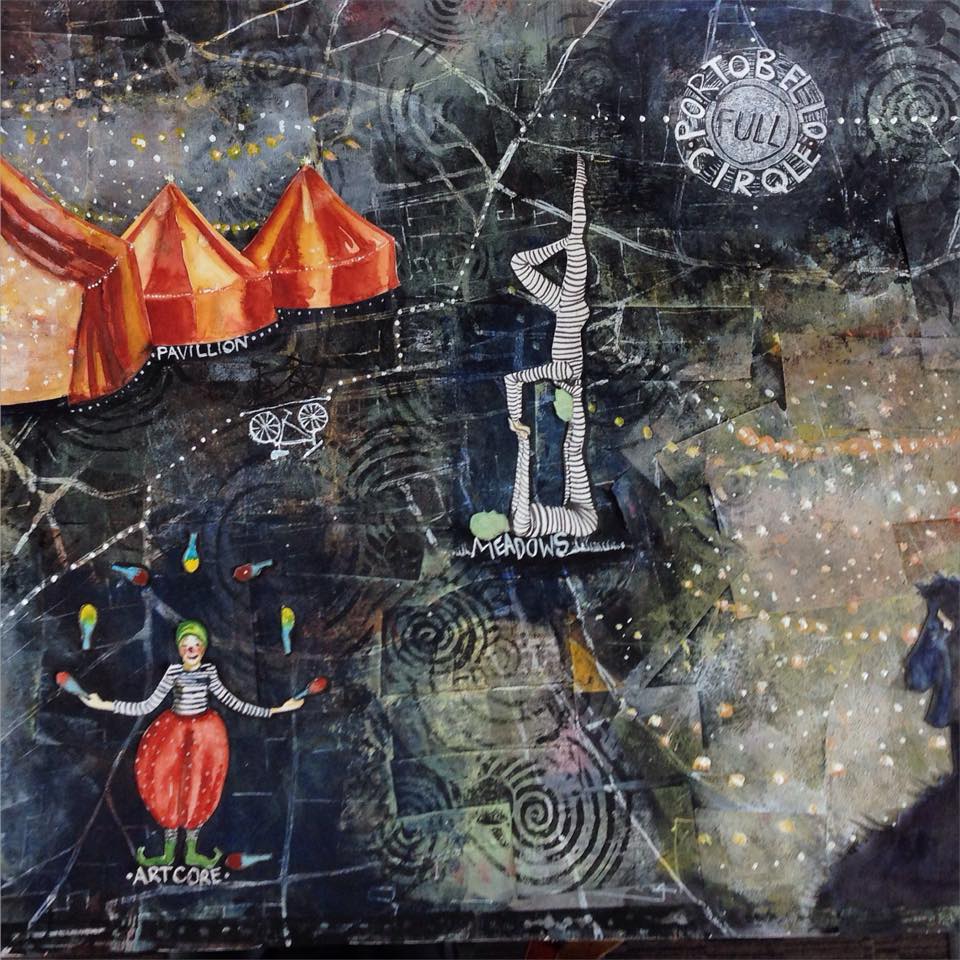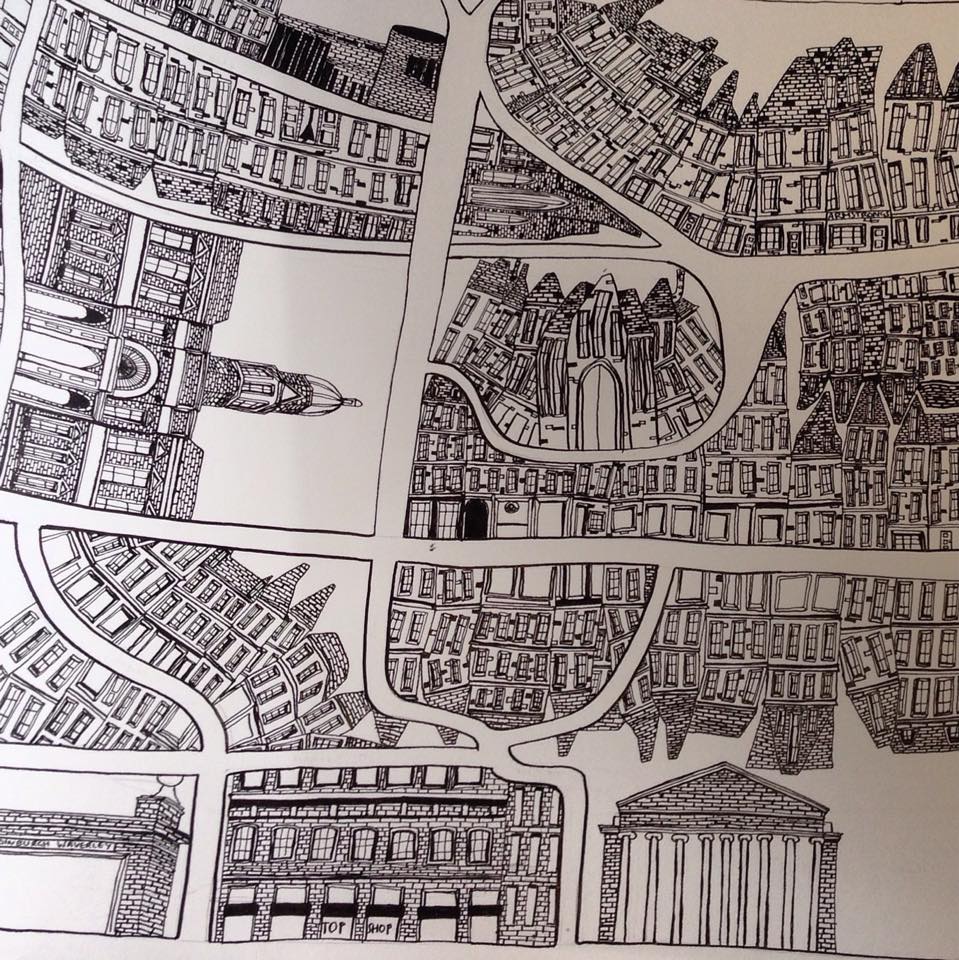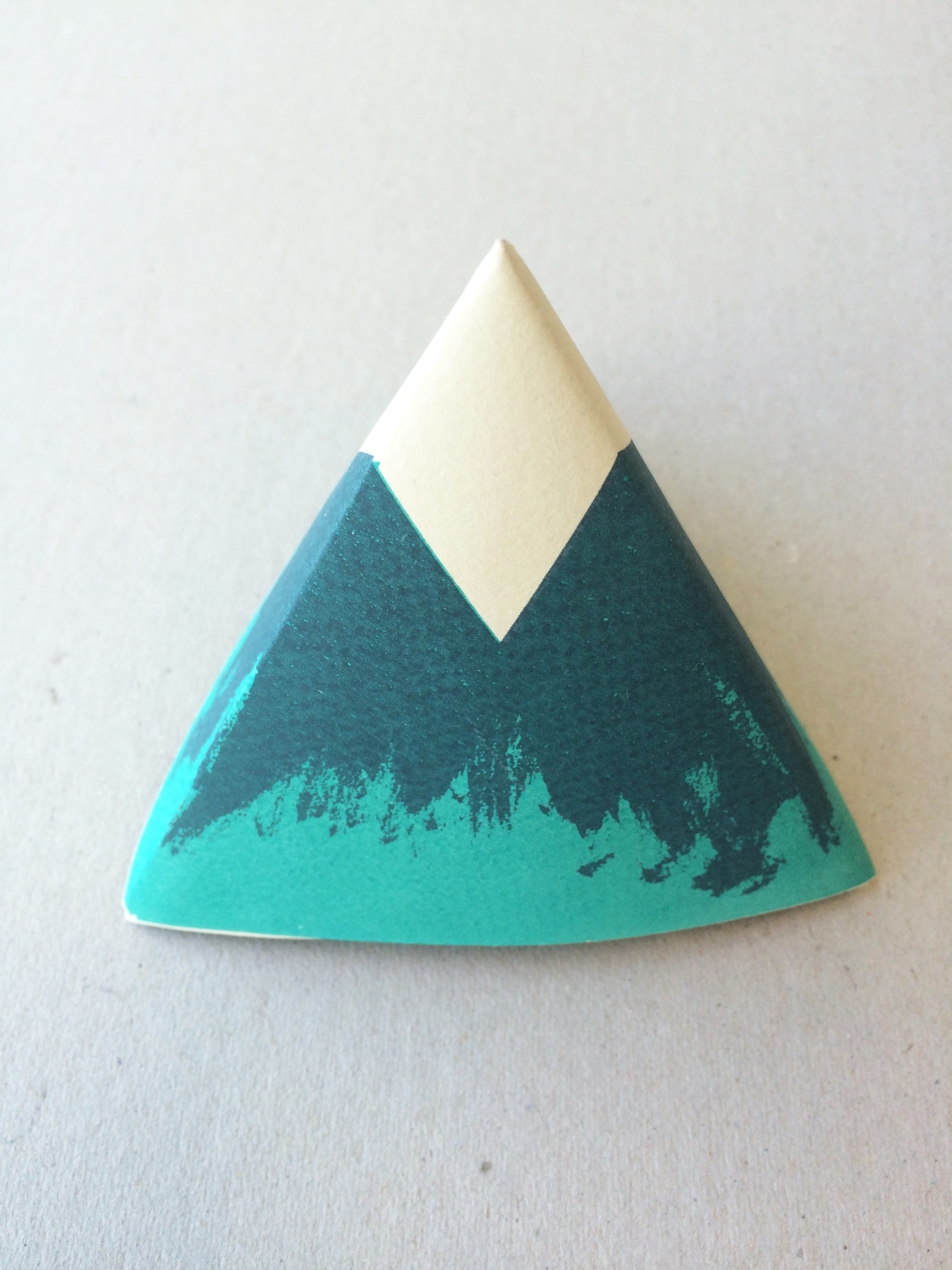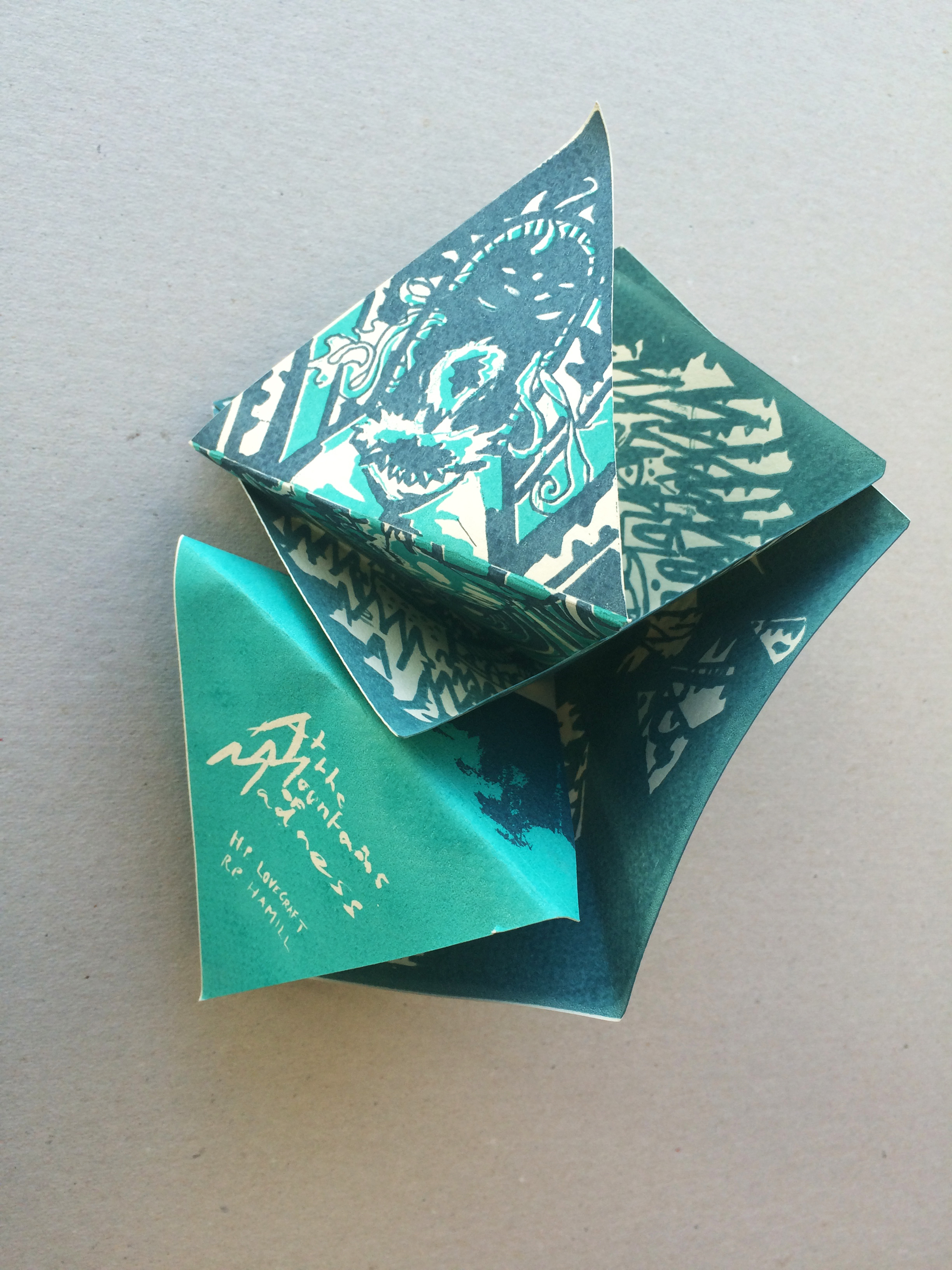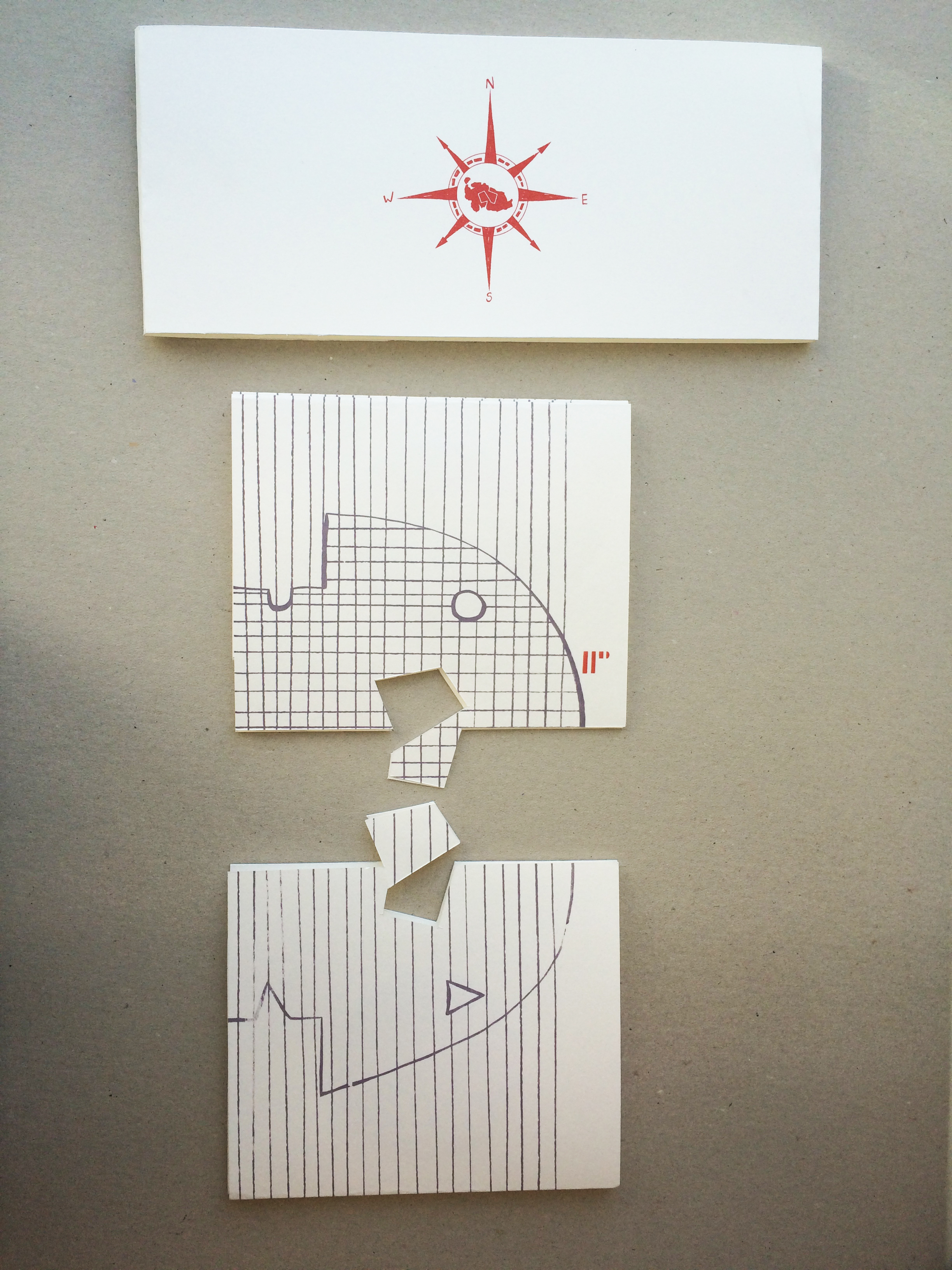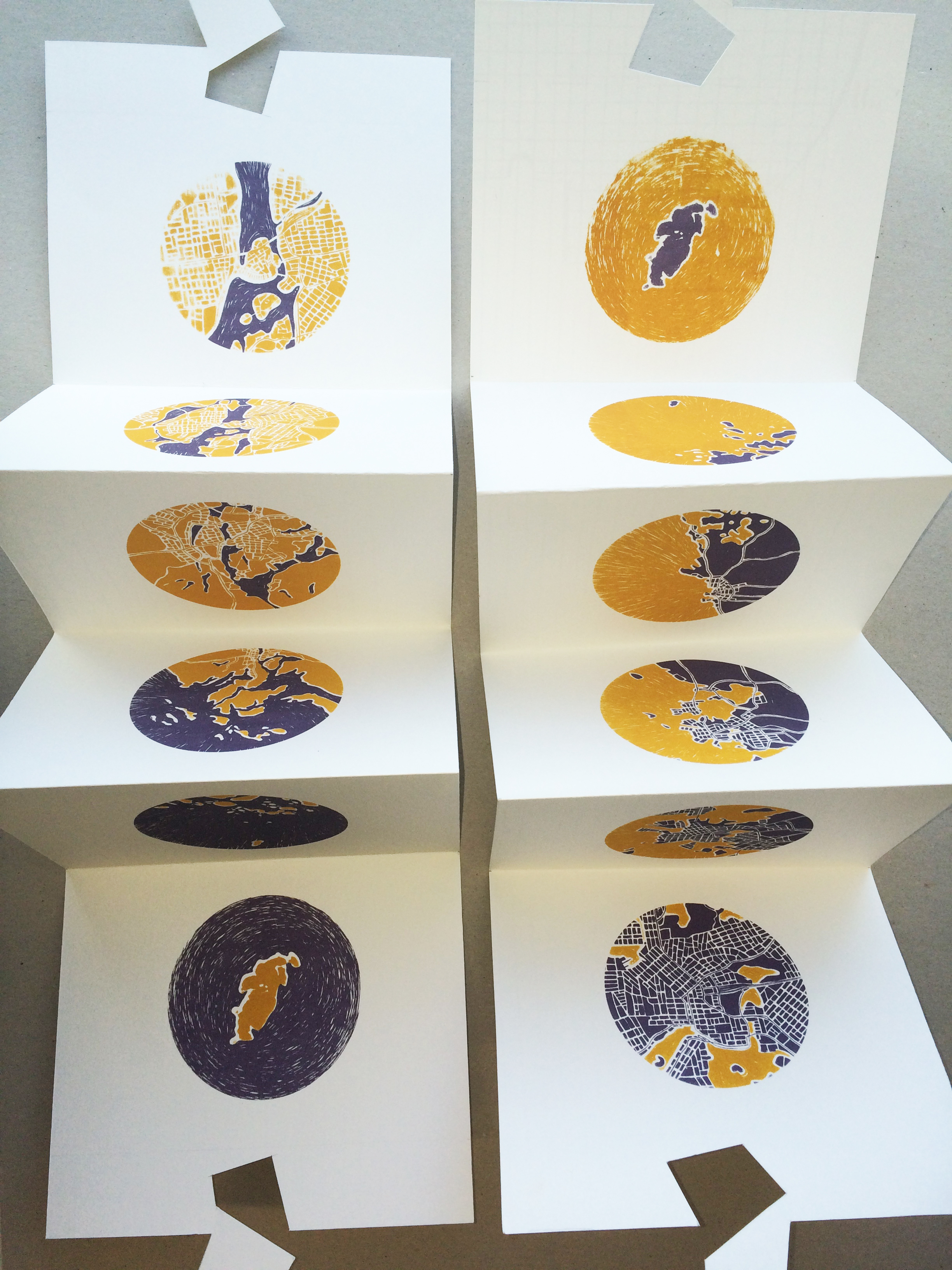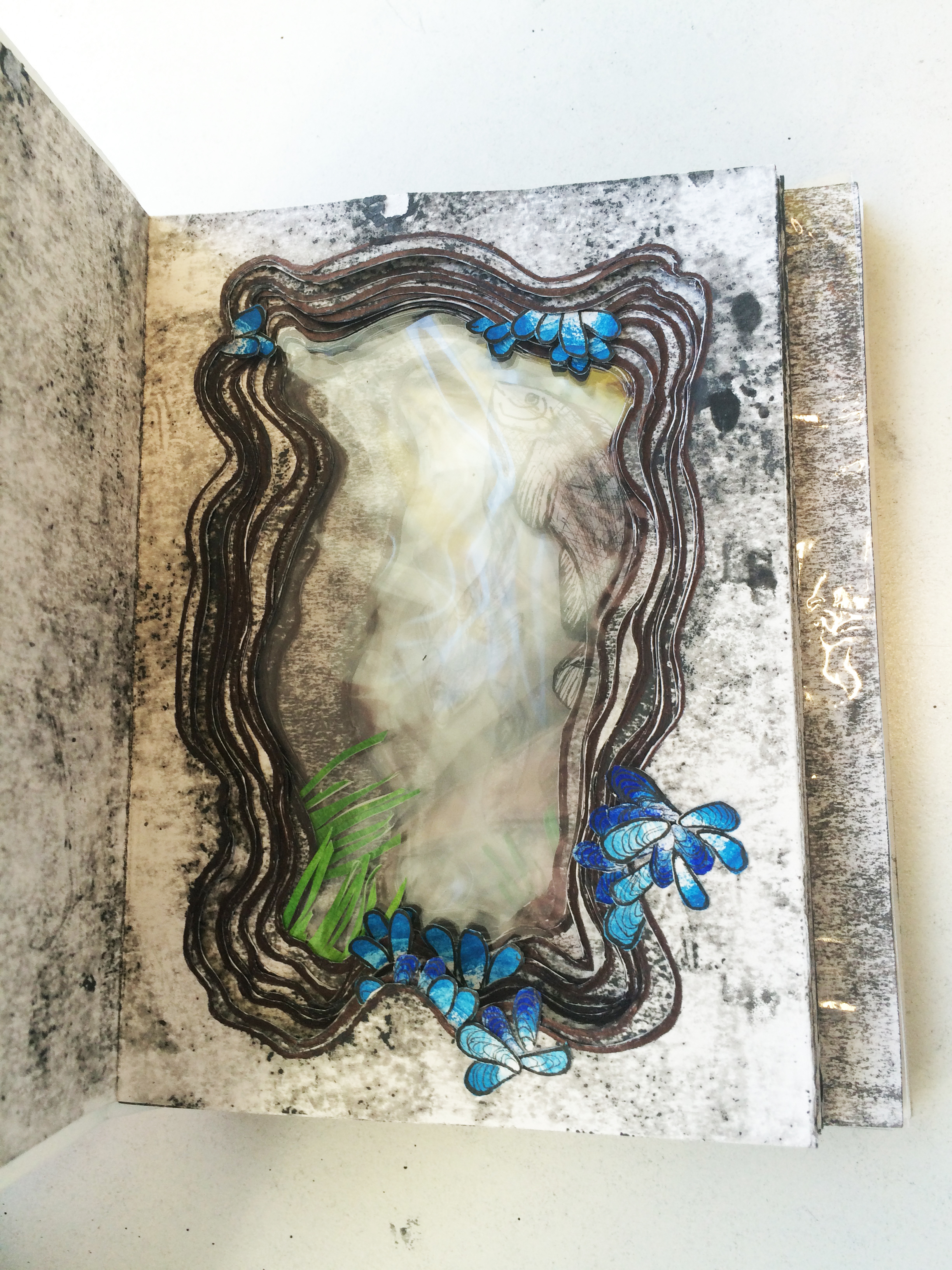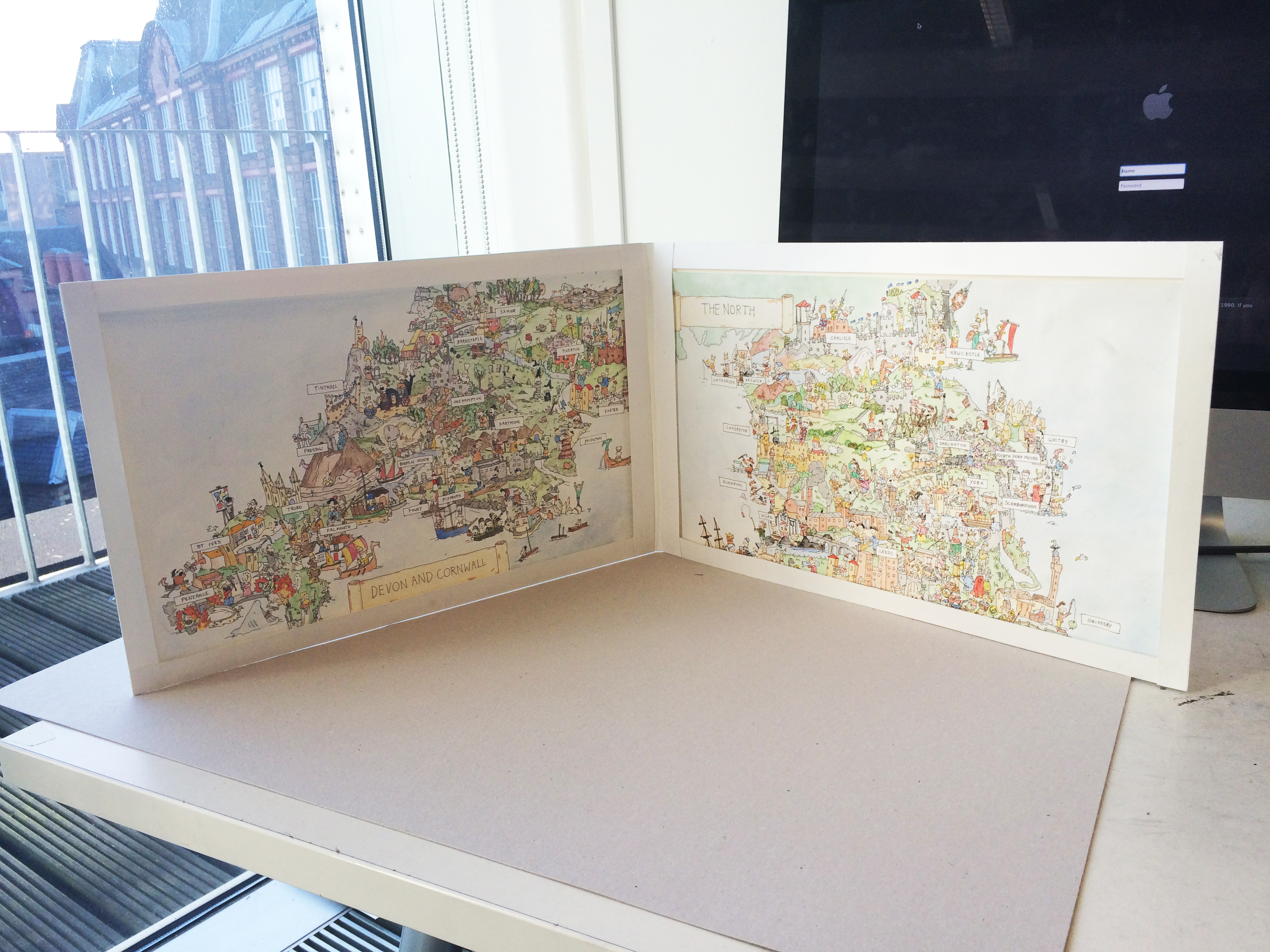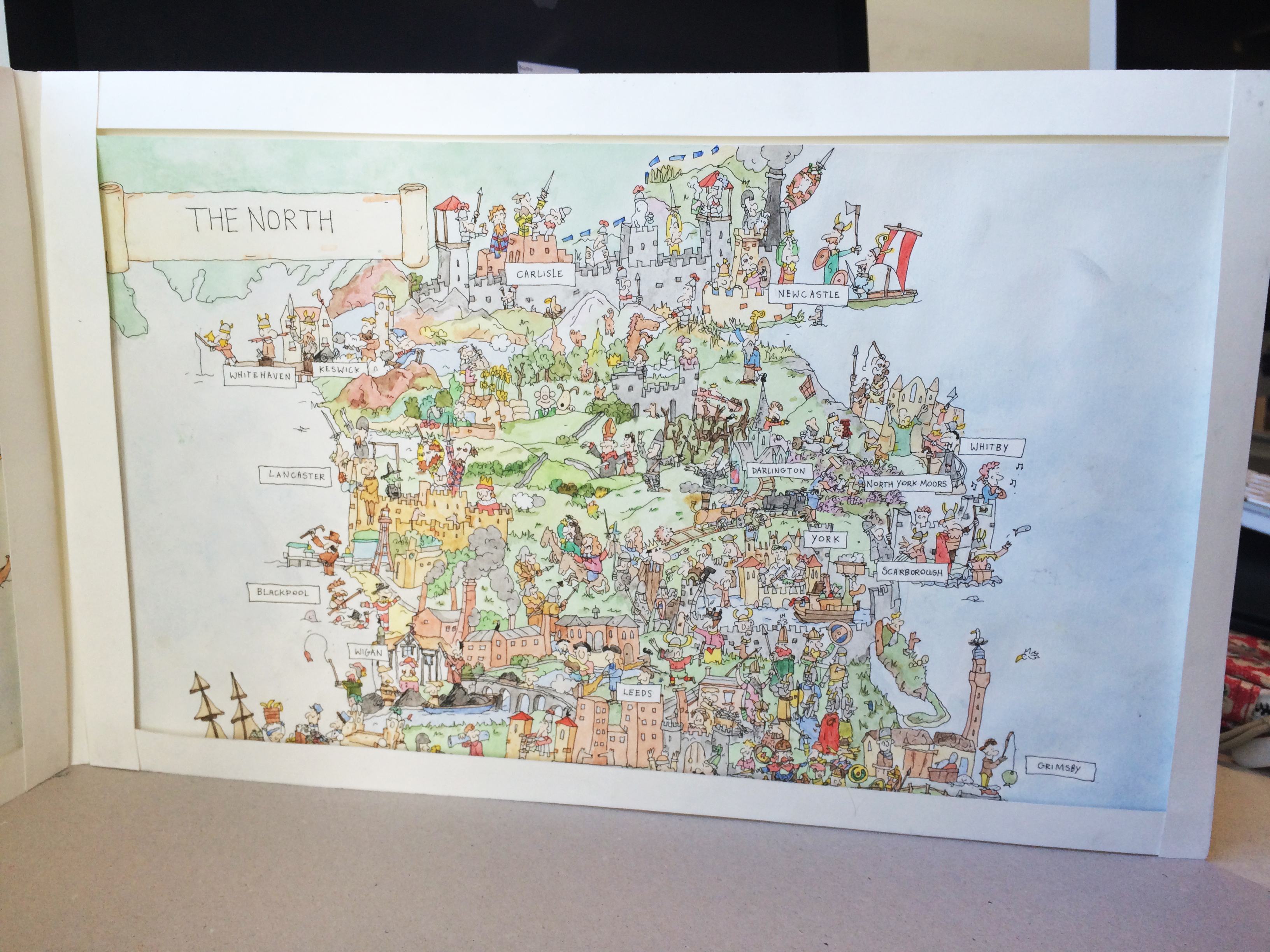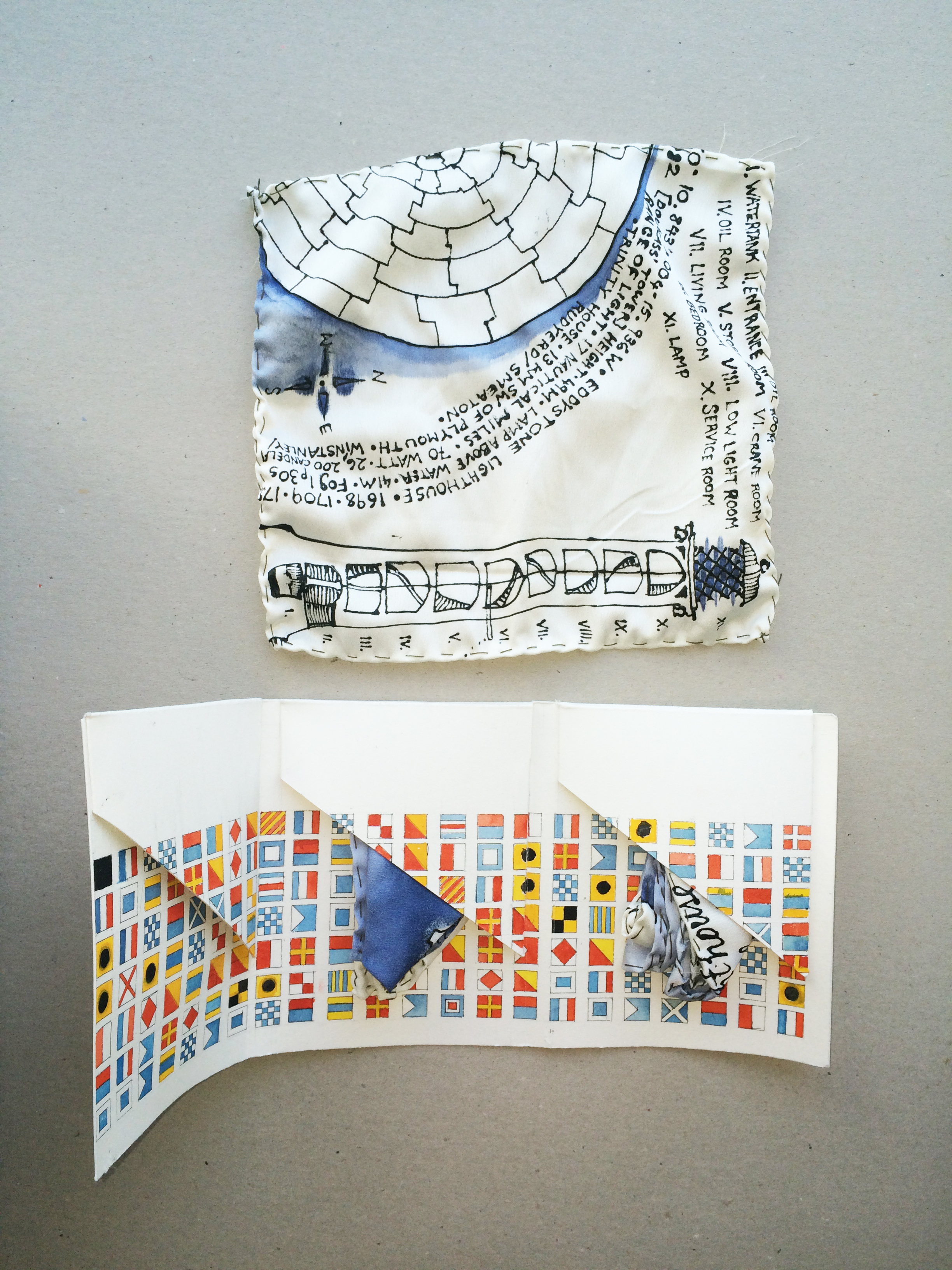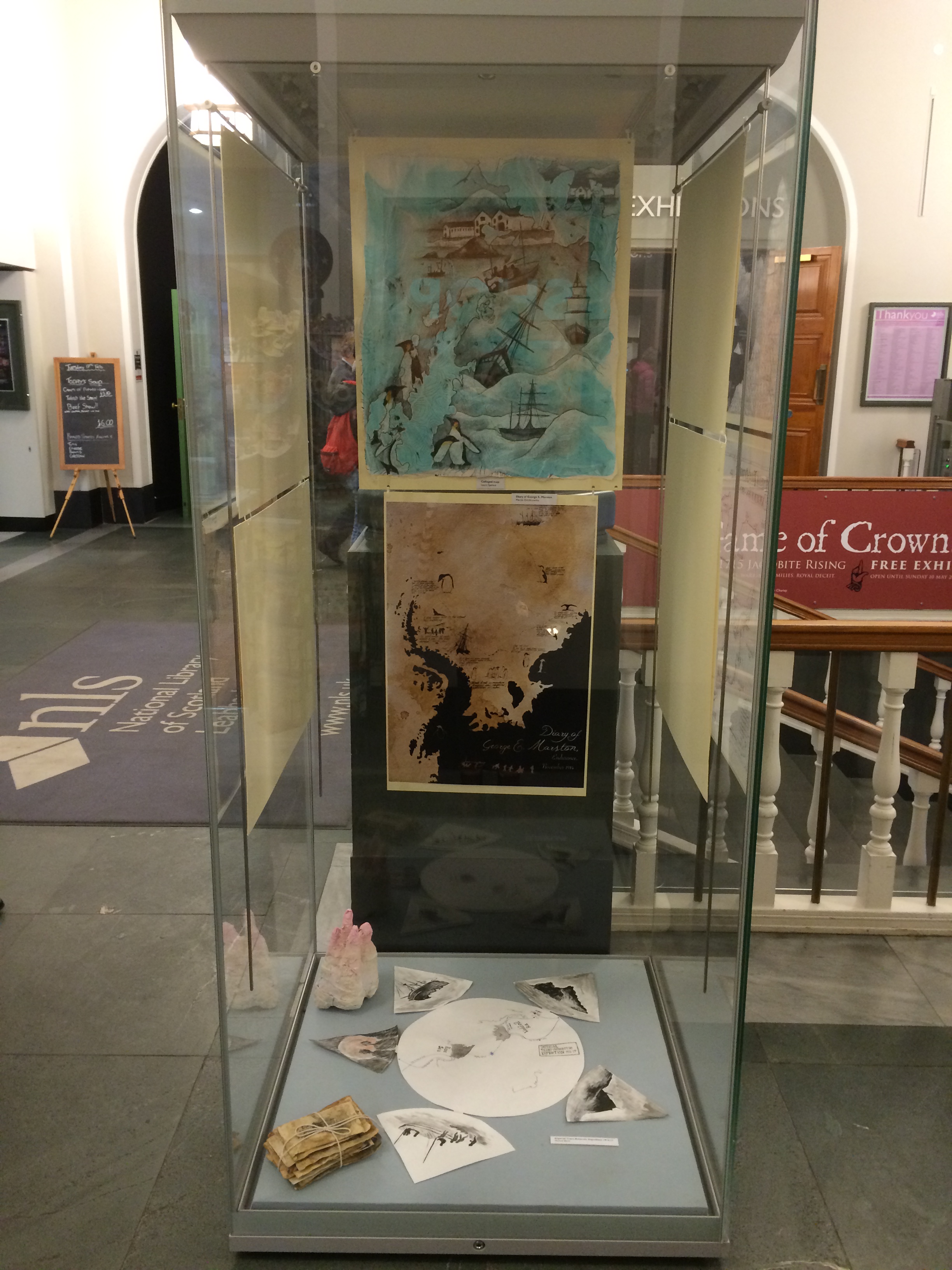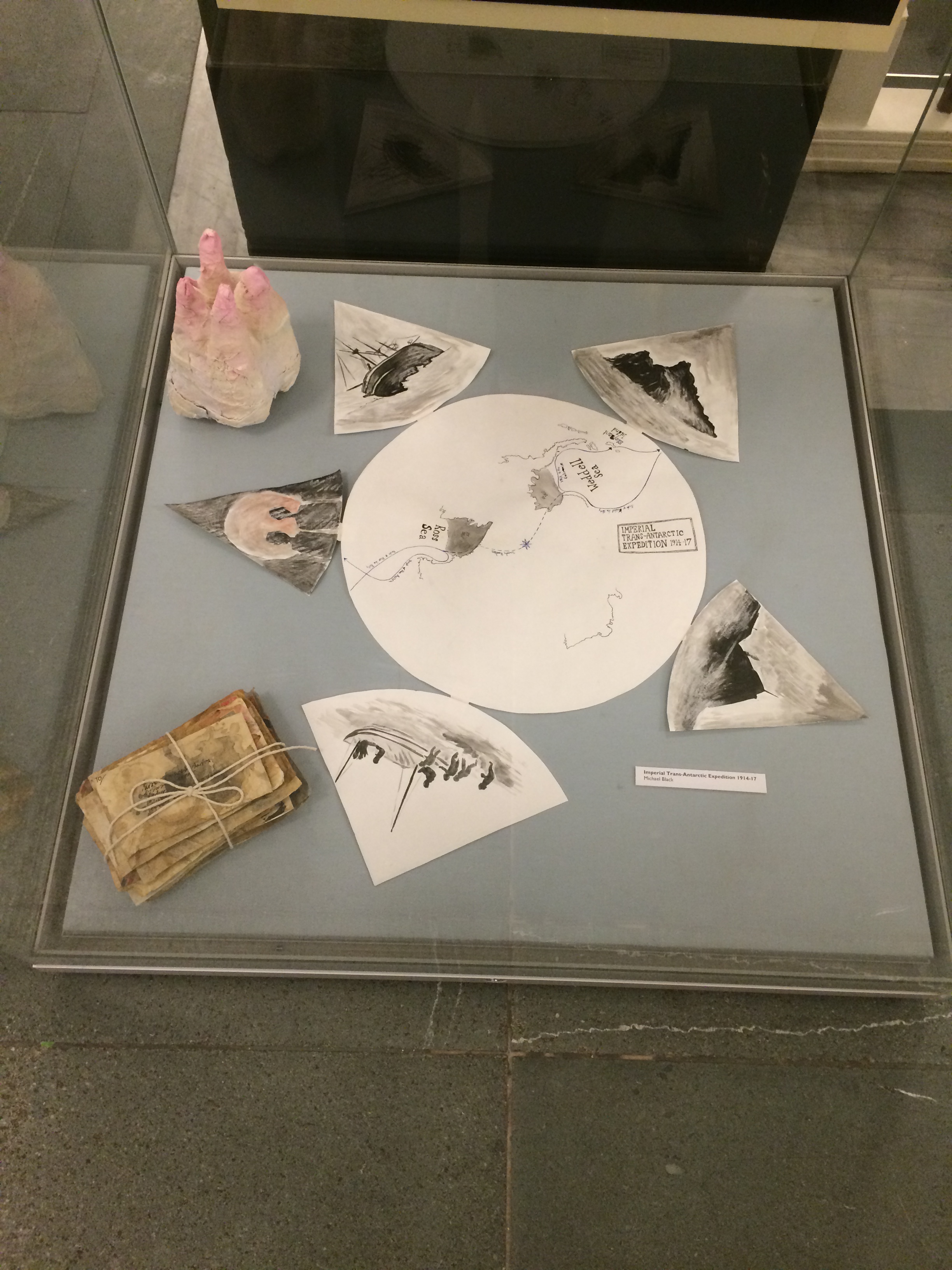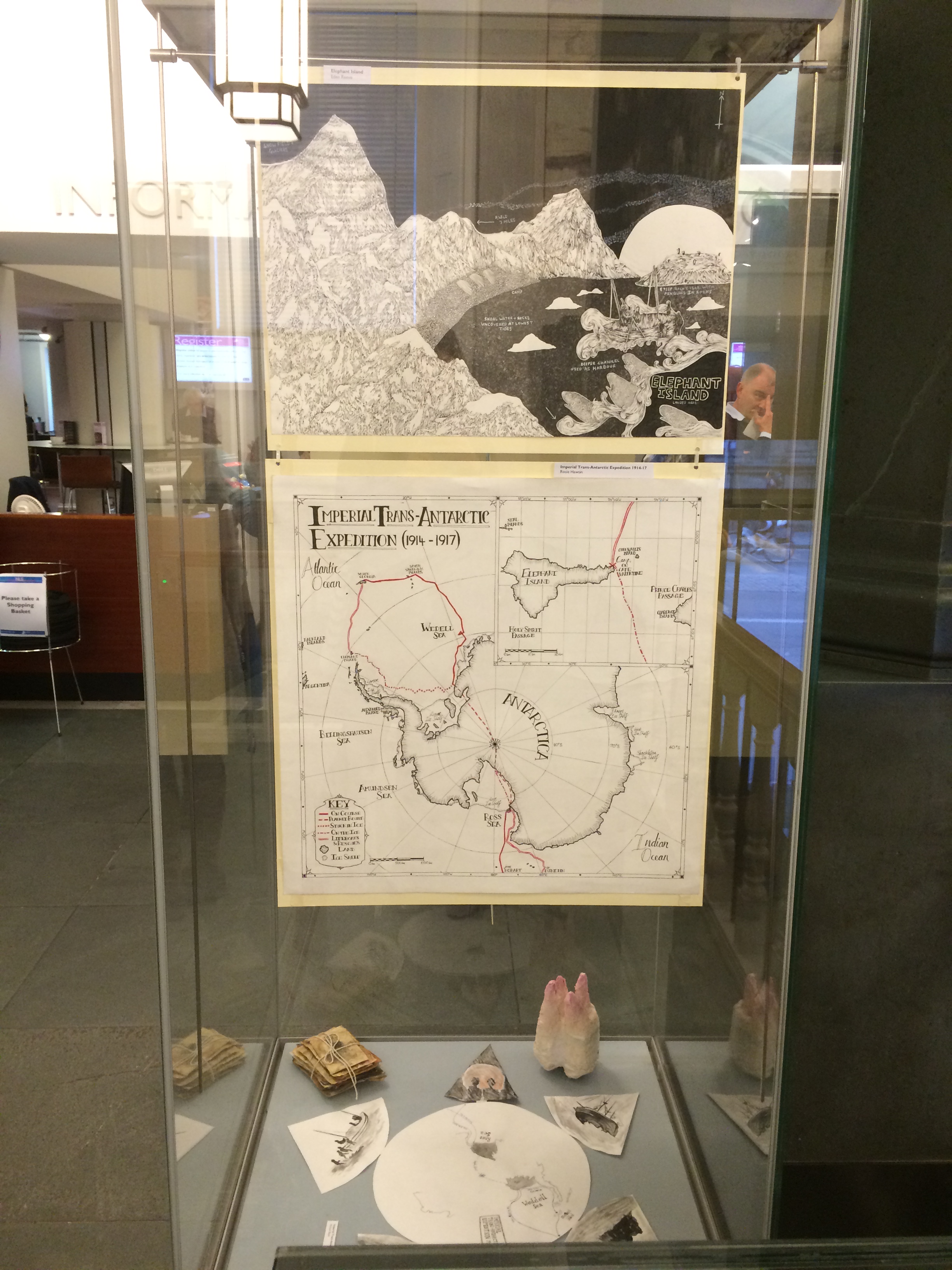Mapping the World
This collaborative project is inspired by and closely linked to the current exhibition ‘You are Here. A journey through maps’. The students from first year Illustration and Graphic Design worked in small groups and were asked to challenge what they know about maps, how they are made and how we understand them. They were encouraged to consider maps as a basis for storytelling beyond the attempt to represent factual information and investigate how maps may, for example, communicate emotional involvement in a place.
Each collective was given a series of tasks; this involved mapping a randomly allocated bus journey throughout Edinburgh, mapping their own personal journey from home to Edinburgh as a place to study, mapping a designated room at the National Museum of Scotland and lastly documenting the creative process of other students.
Throughout the 5 week project students were asked to attend a series of workshops and lectures led by Printmaker Jonathan Gibbs, Author Vivian French and Artist/Illustrator David Lemm to further enrich their skill set.
The group collaboration has been beneficial to our students who have been able to learn from their peers and experience their creative process. Skills were shared and tasks delegated amongst the group; for Illustrators and Graphic Designers this provides an invaluable learning experience building a solid foundation for their professional careers.
A selection of the work displayed at the National Library of Scotland until the end of May.







